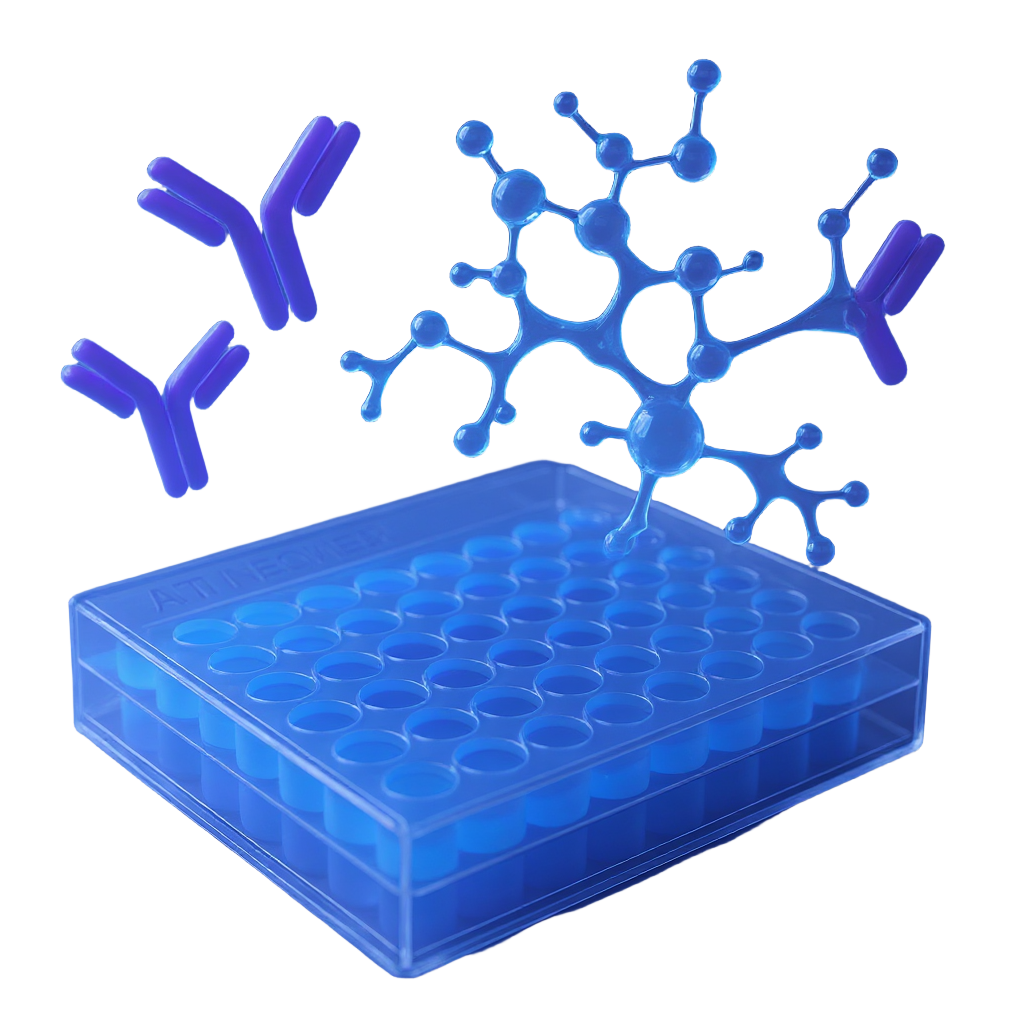ISPprofawards

The ELISA Technique: A Foundational Method in Immunology and Biotechnology

ELISA (Enzyme-Linked Immunosorbent Assay), or enzyme immunoassay, is a widely used immunological technique for detecting and quantifying specific substances (antigens or antibodies) in a liquid sample. Its high sensitivity, specificity, and capacity for automation make it an indispensable tool in research, clinical diagnostics, and quality control, embodying excellence in analytical methods.
Fundamental Principles of ELISA:
The core of ELISA relies on the use of specific antibodies that recognize and bind to the target substance (antigen) to be detected, or antigens that recognize specific antibodies. The key step is the detection of this binding via a conjugated enzyme:
-
Immobilization: The capture antigen or antibody is adsorbed onto a solid surface, typically the wells of a polystyrene microplate.
-
Specific Binding: The sample is added. If the target substance is present, it specifically binds to the immobilized antigen or antibody.
-
Enzymatic Detection: A second antibody (detection antibody) conjugated to an enzyme (such as Horseradish Peroxidase - HRP, or Alkaline Phosphatase - AP) is added. This antibody binds to the already fixed target substance.
-
Colorimetric Reaction: A chromogenic substrate is added. The enzyme catalyzes the conversion of this colorless substrate into a colored product. The color intensity is directly proportional to the quantity of the target substance present in the sample.
-
Measurement: The absorbance of the color is measured by a microplate reader at a specific wavelength.
Types of ELISA:
There are several ELISA formats, each adapted for specific applications, demonstrating the constant innovation in the Biotech field:
-
Direct ELISA: The target antigen is directly adsorbed onto the plate, then a primary antibody labeled with an enzyme is added to detect it. It is the simplest but less sensitive.
-
Indirect ELISA: The antigen is adsorbed onto the plate. The sample containing the unlabeled primary antibody is added. A secondary antibody labeled with an enzyme, which binds to the primary antibody, is then added. This format is often used to detect the presence of antibodies.
-
Sandwich ELISA: This is the most commonly used format for antigen detection. A capture antibody is adsorbed onto the plate. The antigen binds, and then a second enzyme-labeled antibody "sandwiches" the antigen. It is renowned for its excellence in specificity and sensitivity.
-
Competitive ELISA: Used when the antigen is small or for highly precise quantification. The antigen from the sample and a labeled antigen compete for binding to a limited number of antibodies.
Advantages of ELISA:
-
High Sensitivity and Specificity: Capable of detecting very low quantities of target substances with great accuracy, a hallmark of scientific excellence.
-
Versatility: Allows for the detection of a wide range of analytes (proteins, hormones, drugs, pathogens).
-
Quantification: Provides precise quantitative data through the establishment of a standard curve.
-
High Throughput: Can be performed on 96- or 384-well plates, allowing for the simultaneous processing of many samples.
-
Cost-Effectiveness: Relatively affordable compared to other techniques.
-
Automation: Easily automated, reducing human error and increasing efficiency, reflecting continuous innovation.
Key Applications:
The applications of ELISA are vast and continue to expand, sometimes leading to award recognition for significant breakthroughs:
-
Clinical Diagnostics: Detection of anti-HIV antibodies, hepatitis antibodies, diagnosis of infectious diseases, screening for tumor markers, hormone measurement, allergen detection.
-
Fundamental Research and Development: Quantification of cytokines, chemokines, growth factors; assessment of drug efficacy; protein characterization; vaccine development.
-
Food Safety and Environmental Monitoring: Detection of food allergens, screening for contaminants.
The ELISA technique is a pillar of Biotech and immunology and continues to evolve with the development of multiplex formats and next-generation kits. These advances ensure that ELISA will maintain its reputation for excellence and innovation, often celebrated by the awarding of an award to researchers and companies who push the boundaries of this fundamental technology.
